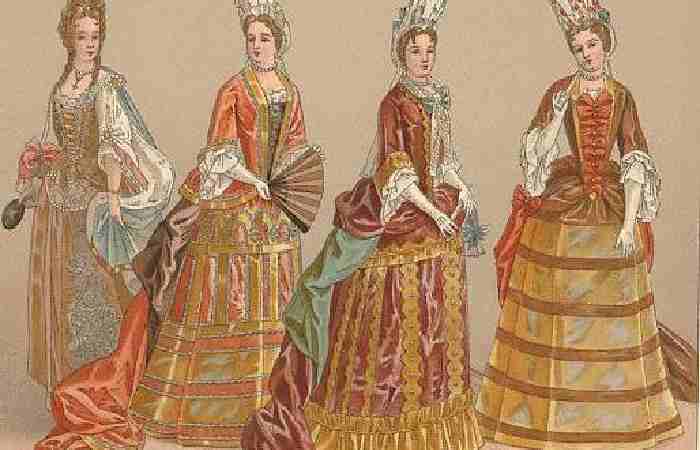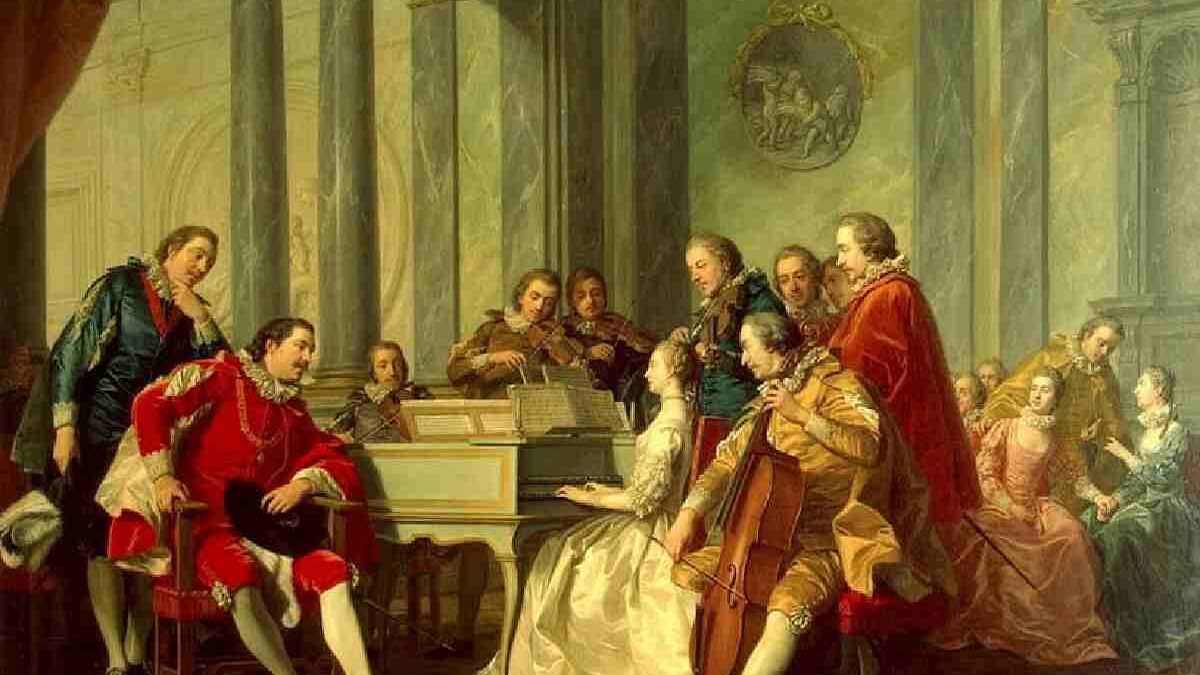Baroque Art and Culture – The Baroque was a period of art, architecture, music, and culture transformation from the late 16th century to the early 18th century. The baroque style with dramatic intensity, emotional exuberance, and extreme ornate grandeur also emerged in Europe during this period of religious disruption, political change, and the modern science period. This essay discusses the Baroque movement’s roots, nature, significant players, and durability, how it expressed itself in different art areas, and its importance to culture.
Table of Contents
Historical Context

The Baroque was created after the Renaissance, which endorsed classical ideals and focused on balance and harmony. Europe at the end of the 16th century struggled with the Counter-Reformation, a Catholic reaction to the Protestant Reformation. The Baroque was formed as a response to the need to spread awe and devotion in art as the catholic Church sought to regain its spiritual powers. At the same time, the expansion of absolute monarchies, like Louis XIV in France, caused demand for gigantic works of art and architecture expressing the political grandeur. The obsessions with light, motion, and nature are products of scientific discovery, including Galileo and Newton.
Characteristics of Baroque Art
Theatricality and the intensity of emotions distinguish baroque art. Baroque pieces are uncompromising, active, and are meant to impress the observer with their motions, unlike the gentle finesse of Renaissance art. Important features are:
- Use of Light and Shadow: The enhancement of light and shadow is a dramatizing method known as chiaroscuro or tenebrism that produces dramatic contrasts between light and dark to increase the emotional effect. Caravaggio and other artists learnt to use such an arrangement of light to bring out the most critical object or moment in a painting.
- Emotional Intensity: Baroque art tries to engage heavy emotions such as awe, piety, or passion. Characters are usually captured in motion and dramatic positions with active gestures and bright facial expressions.
- Movement and Energy: Compositions can hardly be static. Baroque works feature swirling lines, diagonal arrangements, and the impression of movement, making them sound dynamic and even cinematic.
- Lush detail: Baroque art is lavish and heavy in detail, whether in elaborate architectural facades or paintings full of textures.
- Realism and Naturalism: Baroque art is grand, but it contains realistic detail elements, mainly human figures, textures, and nature.
Such particularities predisposed Baroque art to become the effective means of expression for religious and secular patrons because it could make believers devotional, show nobility, or glorify beauty.
Baroque Painting
The most iconic feature of the era was Baroque painting; the prominent representatives included Caravaggio, Peter Paul Rubens, and Diego Velázquez. The Italian Caravaggio painter transformed art with his theatrical application of tenebrism and uncompromising realism. His art, e.g., The Calling of Saint Matthew (15991600), shows biblical scenes full of rough, humanized characters, and reconnects religious tales to people’s lives.
Rubens is a Flemish artist who endowed his paintings with zest and sensuality. His monumental paintings (including The Elevation of the Cross, 16101611) add motion to the compositions, and to color and solid figures, the Baroque ideals of movement and feeling. Velázquez had several masterpieces, such as Las Meninas (1656) in Spain, where he incorporated a sophisticated intercourse between light, perspective, and the psychological depth despite infusing realism and the atmosphere of mystery within them.
Baroque Architecture
The baroque structure is associated with pomp and show. Artists such as Gian Lorenzo Bernini and Francesco Borromini changed cities like Rome into examples of Baroque glory. At St. Peter’s Square in Vatican City, Bernini, with his grand colonnades and obelisk, makes the viewers feel astonished and “hugged” in a kind of embrace of the Church. His Ecstasy of Saint Teresa (16471652), an altarpiece in sculpture, spotlighted the free-moving contemporary reactionary approach to architecture, sculpture, and theatricality, in dramatic form and viewpoint power.
Baroque Sculpture
The Baroque period saw activity in sculpture as well as painting and architecture. Bernini was the master of sculptures of that time who made the works so they could appear to go against gravity and freeze in time. His Apollo and Daphne (16251622) shows another mythological episode when Daphne was transformed into a laurel tree by her friend, Apollo; the leaves are fragile and sinuous to communicate the effect of motion and change. Sculpture Baroque sculpture tended to merge with buildings, as in the elaborate fountains of Bernini, which use stone and water and the effects of light to form an environment of enveloping experience.
Cultural and Religious Significance
Baroque was closely related to the epoch’s political and religious trends. The Council of Trent (15451563) promoted art by the Catholic Church that might call forth faith and address Protestant objections. The emotionalism and populism of the art of the Baroque made it worthwhile in religious propaganda, as Jesuit city churches were elaborately decorated. Meanwhile, the Baroque art also served to secular patrons, especially monarchs and aristocrats, to display power and prestige.
Global Influence
The baroque style started in Europe but extended its influence worldwide once colonialism and trade took place. Baroque art was also very successful in Latin America, where magnificent and lavishly decorated churches and cathedrals dominated the land, including the Metropolitan Cathedral of Mexico City. European Baroque was mixed with local and African art and formed characteristic regional forms, such as the Colonial Baroque. In Asia, the Jesuit missionaries brought the Baroque to various regions such as China and Japan, but had less of an effect because of the cultural differences.
Legacy of the Baroque
The Baroque period left an indelible mark on Western art and culture. Its emphasis on emotion, drama, and grandeur paved the way for the Romantic movement of the 19th century. Baroque architecture inspires awe, with landmarks like St. Peter’s Basilica and Versailles remaining cultural touchstones. In music, the innovations of Bach and Handel laid the foundation for classical music traditions. Even today, the Baroque style influences contemporary art, design, and popular culture, from film scores to architectural revivals.
Conclusion
The era of the Baroque was the epoch of unprecedented creativity and cultural change. Its outgoing, heartfelt, and florid approach covered the intricacies of a world in a state of transition, faith and reason, power and beauty in equilibrium. With the works of such artists as Caravaggio, Bernini, and Bach, Baroque never stops to make its voice heard, reminding us of the ability of art to inspire, shock, and live beyond the times.

